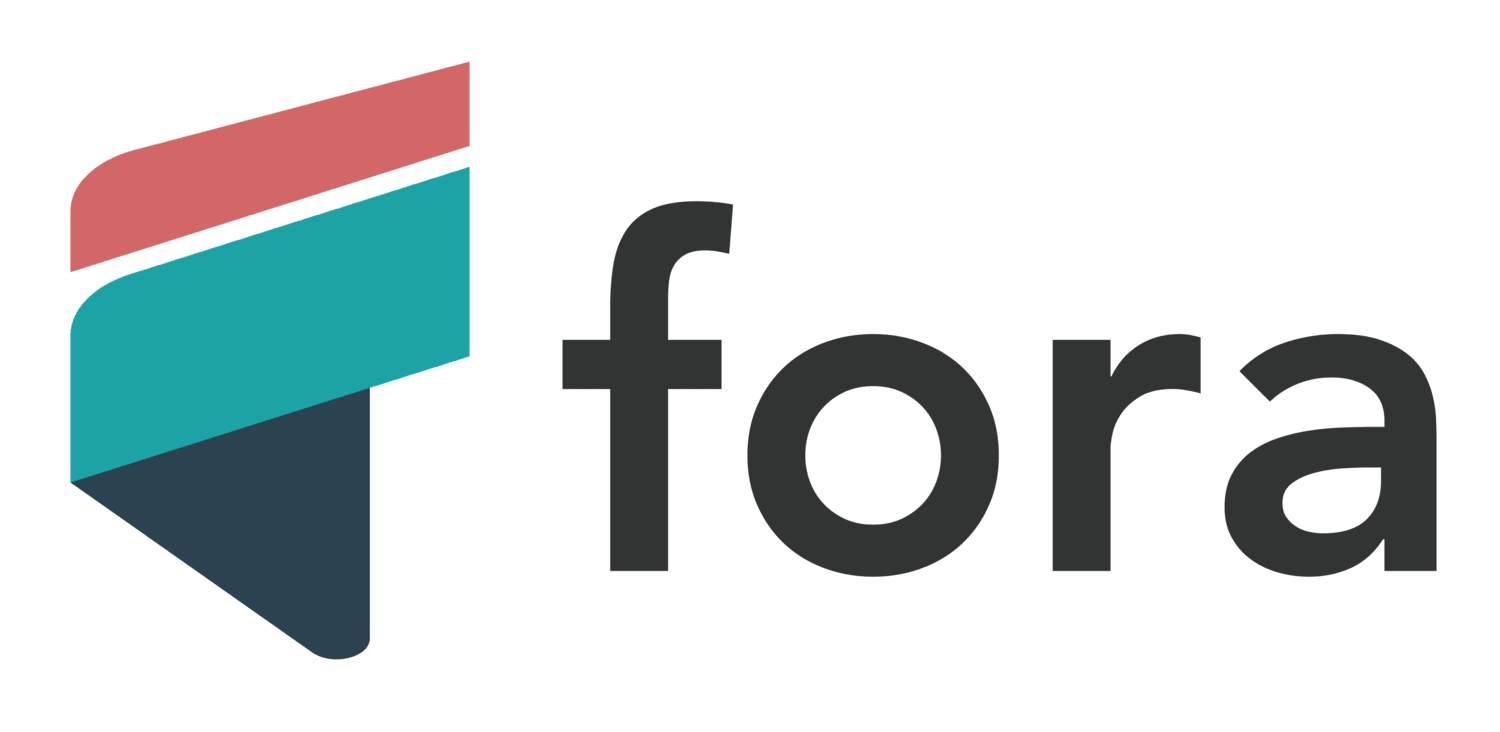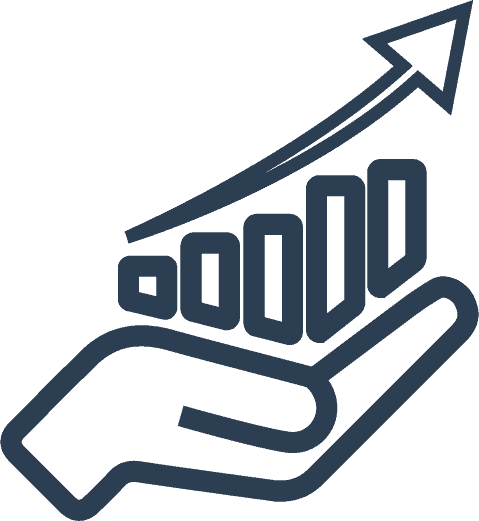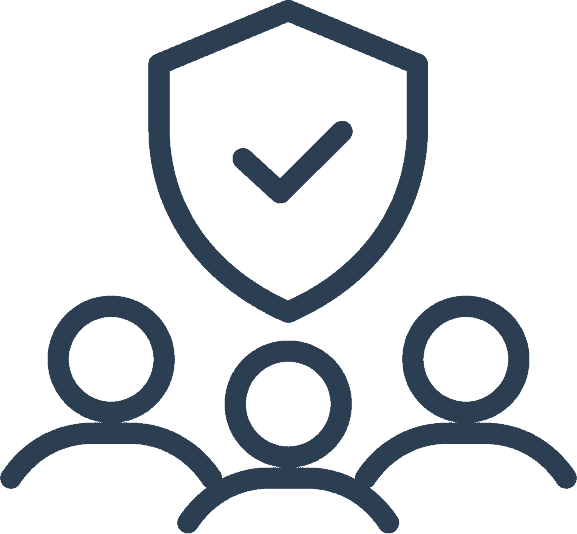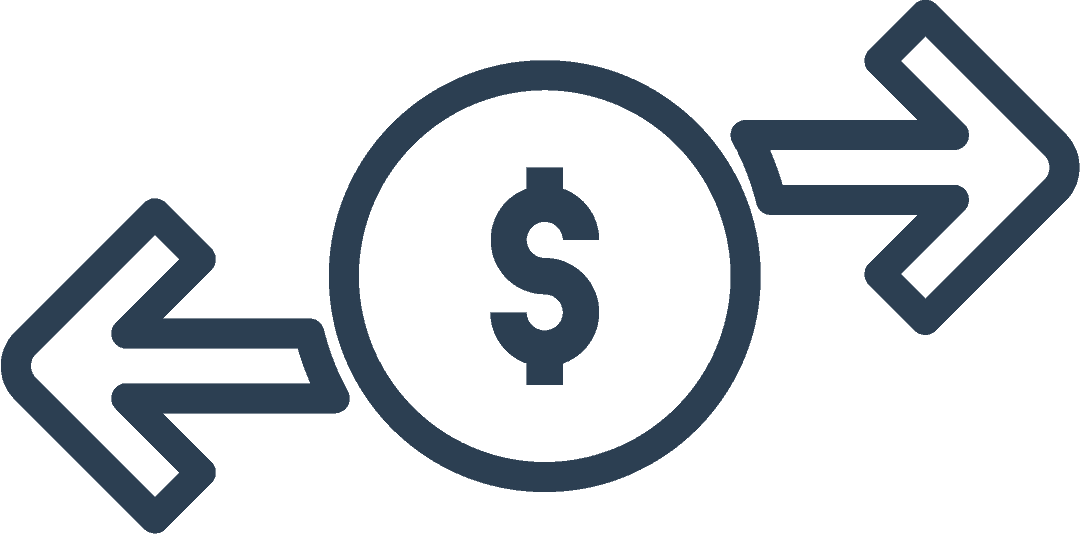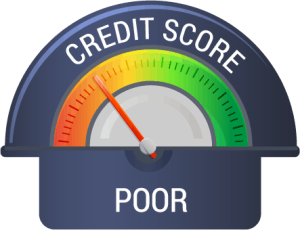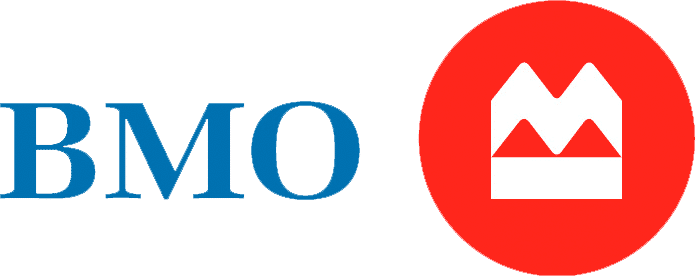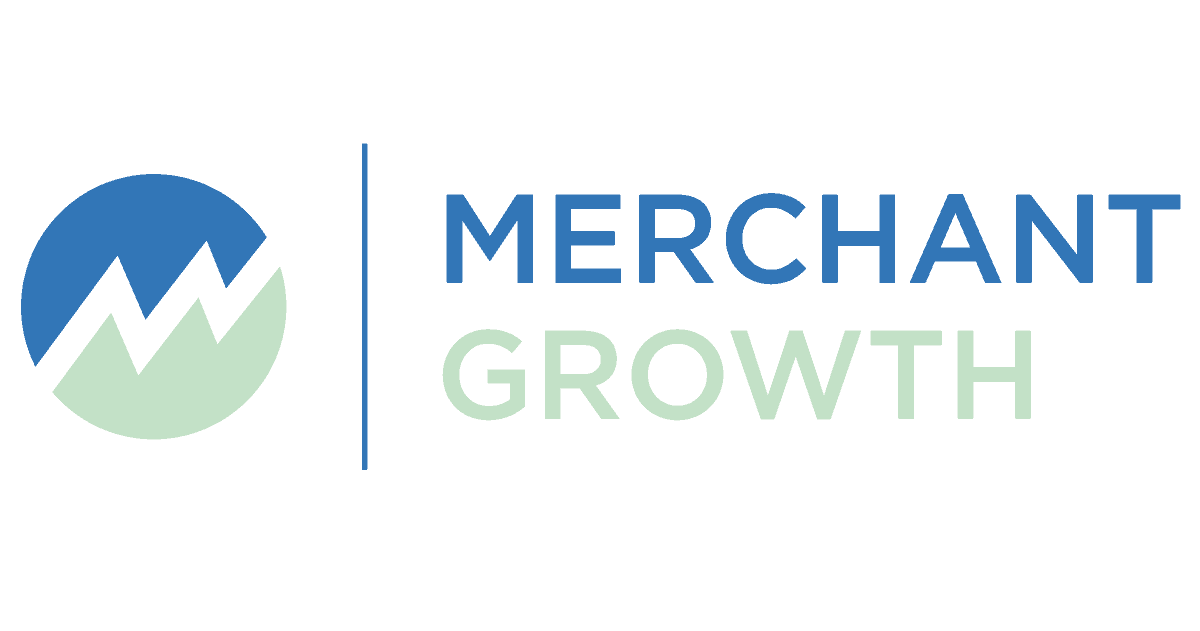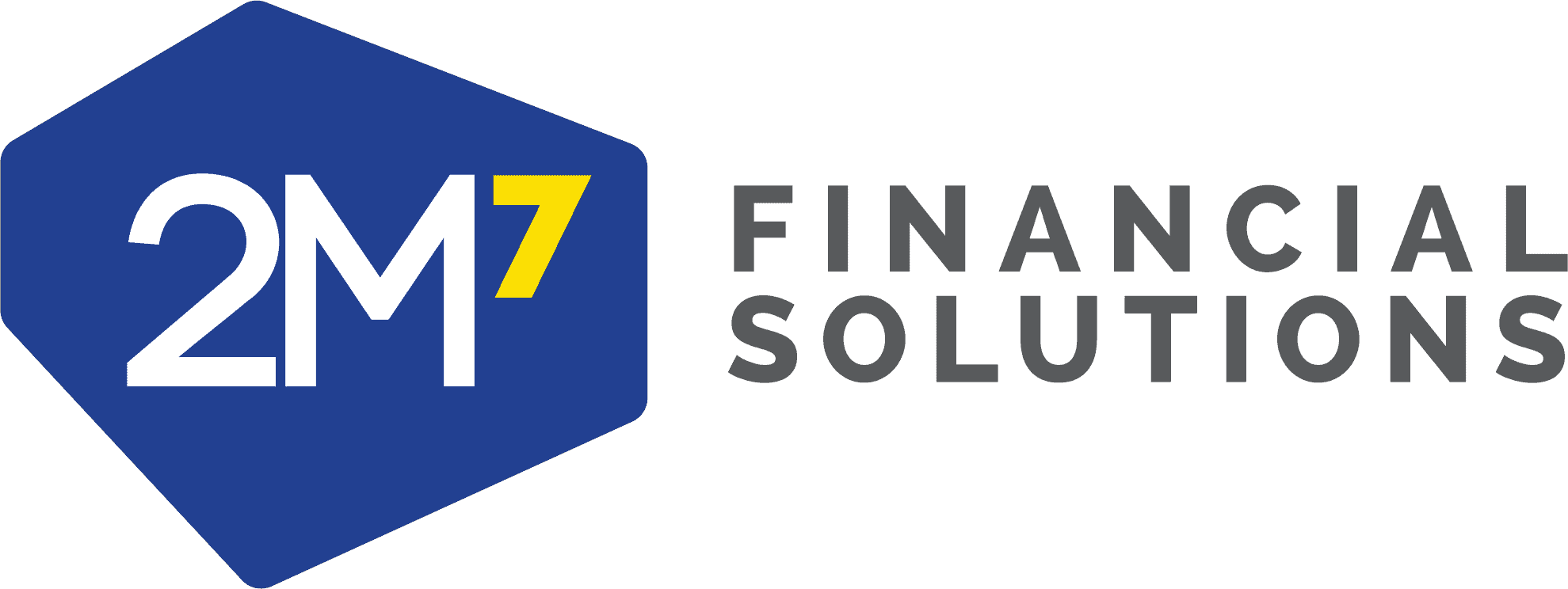Bad Credit Loans Frequently Asked Questions
How Big of a Personal Loan Can I Get Approved for with Bad Credit?
Typically, bad credit loans can be anywhere between $500 and $5,000, but can go higher.
Can I Receive a Bad Credit Loan with a Previous Bankruptcy on My Record?
Yes, most bad credit loan providers offer financing even to borrowers with previous delinquencies, bankruptcies and consumer proposals. However, if the bankruptcy or consumer proposal are open (not discharged), it will make it extremely difficult to get approved for any kind of credit.
Do I Need a Downpayment for a Bad Credit Loan in Canada?
No, bad credit loan providers do not require any money to be put upfront.
What are the Consequences for Non-Repayment of Bad Credit Loans in Canada?
Most loan providers have financial penalties in place, which can add up quickly. Therefore, it is important to stay prudent with borrowing amounts and repay loans on time.
What Interest Rates Should I Expect for Bad Credit Loans?
You can expect a worse interest rate, possibly starting at about 20%, but this can rise much higher.
If you can improve your credit score, you should be able to access loans starting at about 7%. Banks will usually reject borrowers with bad credit, while alternative lenders will issue the loans, but will charge higher interest rates. If your credit score falls into the “bad” category, you can expect the APR to be somewhere between 20% and 50%. Remember to read your contract carefully, and ask the lender questions to ensure you have full understanding of the cost of your loan, and repayment terms.
Will a Bank Give Me a Loan with Bad Credit?
The biggest banks in Canada have tightened their credit-issuing requirements. If you have bad credit, it will be difficult to get a loan from the big banks.
There are still many reputable lenders that will offer bad credit loans. The unfortunate reality is that the banks are not among these lenders.
Where Does Offer Loans for Bad Credit?
There are many providers within Canada that offer loans for bad credit consumers; the list at the top of this page highlights some of the most trustworthy of these loan companies. Not every lender will work with every borrower, as each person’s situation is different, and each lender may have their own set of eligibility criteria. But in general, bad credit is not a barrier to approval for the companies named above.
Can I Trust Lenders Offering Bad Credit Loans with No Credit Check and Guaranteed Approval?
Generally speaking, you should be careful with personal loans in Canada with no credit check. There are some lenders who don’t check your credit and (almost) guarantee approval that are reputable.
If you want to find a lender that doesn’t check your credit score, go with a trusted option. The online world may contain dangerous loan-related scams, so you should be suspicious of lenders with unverifiable reputation. Legitimate lenders will never ask you to pay upfront for a loan. They will also never ask you for personal information before you’ve sent an application.
If a lender doesn’t ask you any of the above and is an accredited, legitimate business, you won’t have any problems. With basic due diligence, finding a trustworthy lender is not difficult.
What’s a Direct Lender?
A direct lender is any loan provider that provides financing to consumers, without the aid of a third party or intermediary. Just like the companies mentioned above!
How Do I Find Out If I Have Bad Credit?
Finding out your credit score is easy; anyone can request their full credit history at any time from one of Canada’s official credit bureau (Equifax or TransUnion). Or consumers can use a third party credit check company. When searching for loans in Canada, knowing your credit is an important first step in understanding your chances of approval and your potential interest rate.




